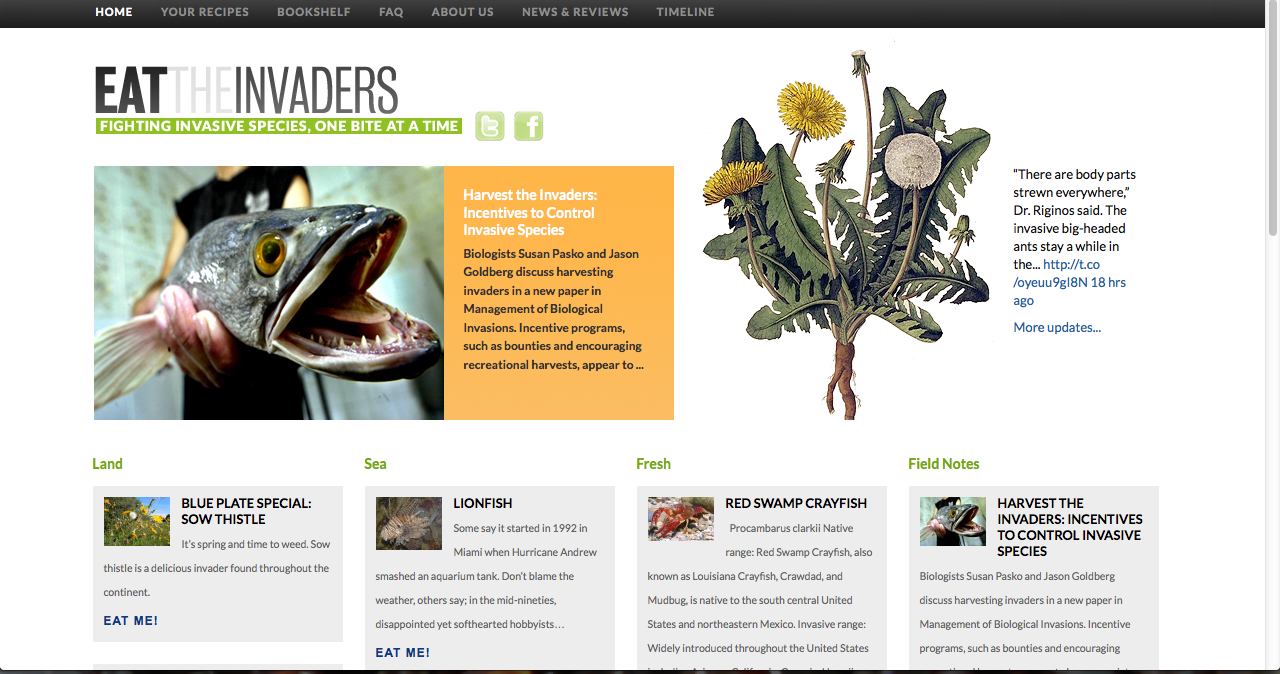Last week we explored some of the forces shaping our relationship to Nature. Or rather “nature”, the culturally constructed category that is often hard to pin down. These shared ideas about what nature is (and isn’t) are important because they tend to actively shape the way we think about and interact with the world around us. Can we look at nature in new ways? Is it possible to build new narratives and new frameworks for understanding and relating to the planet we inhabit? This week we'll attempt to break down some of the tidy categories that limit our thinking, and explore some interesting cases for urban ecology.
The most heated culture wars of the past few decades have had a polarizing effect. They play out in predictable patterns, usually staged from extreme opposite ends of the battle field: Exxon vs. Greenpeace, Nike vs. Adbusters, Taiji vs. Rick O’Barry, “Job Creators” vs. “Environmentalists”, City vs. Nature. These are the narratives that stick, and eventually the narratives that delude. They seem to offer two mutually exclusive choices-either we can join the team that exploits in the name of progress and profit, or join the team focused on carefully erasing the traces of our presence. This oversimplification is perhaps unfair but it does illustrate the common fallacy at both ends. Both approaches relegate humans and nature to irreconcilably separate categories, and it’s arguable that neither has served us very well.
Many contemporary designers, entrepreneurs, and everyday citizens have begun to explore a much more nuanced and interesting grey area, often referred to as "Ecological Urbanism." They often look to the dynamic and complex organization of cities as a bridge to new understandings and possibilities. The term “Urban Ecology”, broadly defined, allows us to consider the urban context not as an assemblage of gridded streets and mute concrete, but as a living organism, overlaid with social, biological, cultural, and economic vectors. Looking at the city as an ecology releases us from our sentimental ideas about what nature ought to look like. In the city, nature is just as much about rivers, lakes and trees, as it is about the daily, messy, friction filled lives of the cities’ inhabitants. The frantic footsteps of a single mother on her way to her second job, the curious lifecycle of a discarded cigarette, the improvised nesting habits of escapee pet parrots.
There has been a lot of theory written on this subject. Perhaps too much. But what does ecological urbanism look like in practice? We’re going to share some of our favorites examples here. We'd also love to hear about your favorites. Please let us know in the comments! We'll be back next week to wrap up our four part "Be Wilder" series with some final conclusions, questions and provocations.








